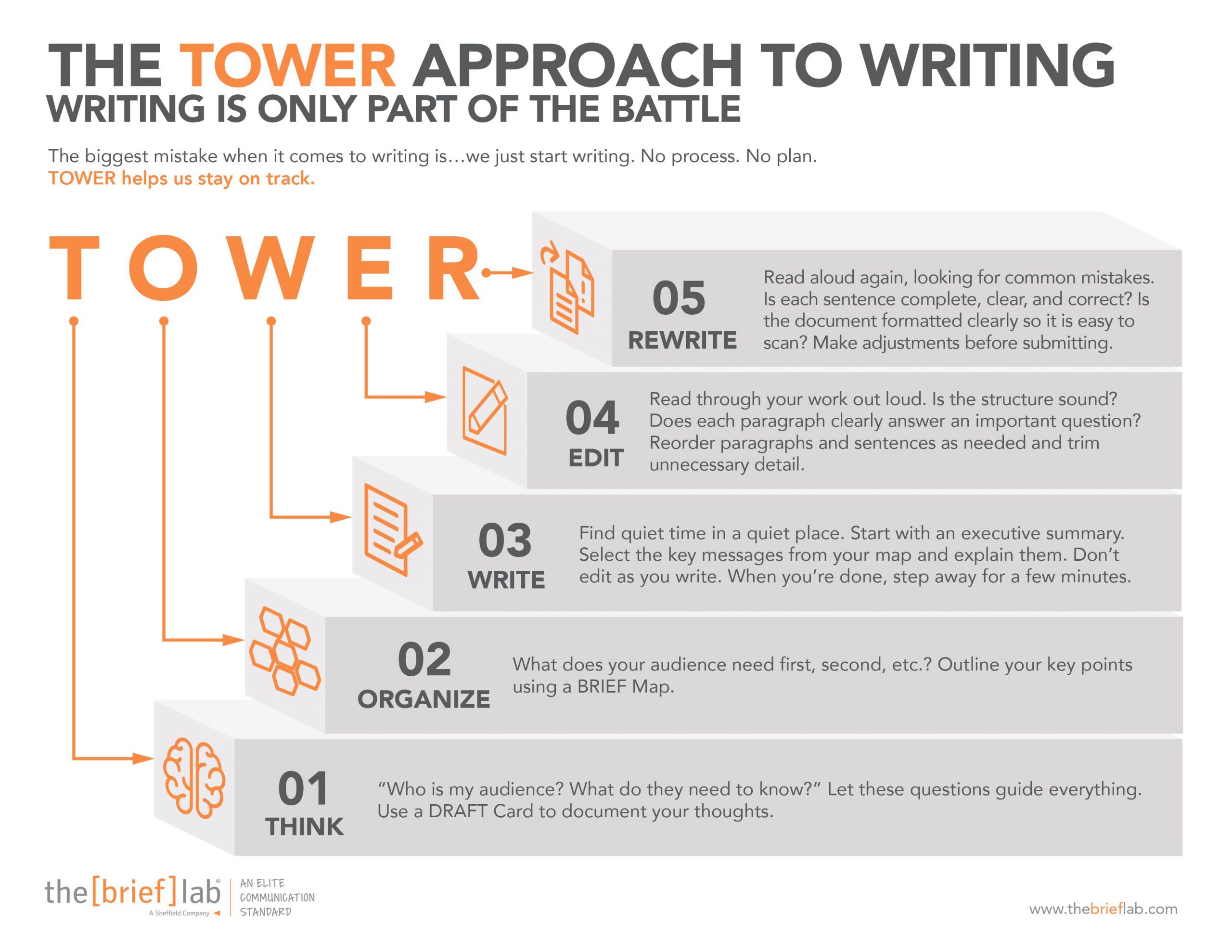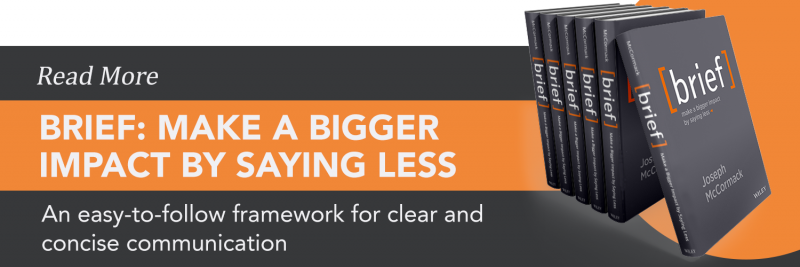The 3 C’s of Communication: Clear, Concise, Consistent

When it comes to effective communication, the 3 C’s – Clear, Concise, and Consistent are essential. In this blog, we will discuss what these 3 C’s of communication are and why they matter so much in our daily lives. We will also explore how you can implement these principles in your everyday communication with practical tips and techniques. Additionally, we will highlight the consequences of ignoring these principles and illustrate their power through real-life case studies.
Understanding the 3 C’s of Communication
Effective communication is dependent on three key elements: clarity, conciseness, and consistency. The 3 C’s play a vital role in conveying information accurately and efficiently.
- Clear communication ensures that messages are understood without any confusion or misinterpretation.
- Concise communication eliminates unnecessary words and gets straight to the point.
- Consistent communication establishes a reliable flow of information, allowing for effective and smooth interactions.
By incorporating the 3 C’s, individuals can become influential communicators, engage their audience, and effectively share vital information. Regularly applying these principles can enhance communication skills and make individuals more valuable in both personal and professional settings.
The Value of Clarity in Communication
Clear communication is vital for conveying accurate information and avoiding misunderstandings or misinterpretations. Enhance clarity by using specific words and avoiding technical language to ensure that your audience understands your intended message. Additionally, consistency in clear communication builds trust and credibility. Communication experts know that being consistently clear sets the stage for audience engagement. It is an important part of good communication skills and is valued by seasoned vets and great managers alike.
The Role of Conciseness in Effective Communication
Conciseness involves delivering key messages without unnecessary details, keeping the audience engaged by providing only essential information. Utilizing bullet points and headings can aid in maintaining conciseness. By being concise, we save time and prevent information overload, allowing us to focus on the central idea of our message. It is an important part of good communication skills and is highly valued by communication experts.
Consistency: The Key to Effectiveness
Consistency ensures a clear and cohesive message, which is vital for audience engagement. Establishing a communication schedule and following it regularly helps to build trust and foster good relationships. Being consistent in style and tone creates a recognizable brand image and reinforces key decisions.
Implementing the 3 C’s Every Day
Practice the following tips help avoid ambiguity and ensure that vital information is effectively communicated. Incorporating these techniques on a regular basis can improve communication skills and enhance audience engagement.
- Use simple and straightforward language
- Structure messages logically for clarity
- Avoid confusing acronyms and jargon
- Provide accurate information
- Practice active listening for understanding and clarity
By following these tips, individuals can become more influential communicators, whether they are seasoned veterans or new to the field.
Techniques to Create a Concise Message
To maintain conciseness in your message, consider using bullet points to present information clearly and succinctly. Eliminate unnecessary words and repetition, focusing on key points while avoiding excessive details. Keep sentences and paragraphs short for a concise communication style.
Additionally, use the TOWER approach when planning any message, from an email to a one-on-one, to a major presentation. Think, Organize, Write, Edit, Rewrite. By implementing these techniques, you can ensure that your message is clear, concise, and impactful, making you an effective communicator.
Ensuring Consistency in Communication
To ensure consistency in communication, it is important to develop a communication style guide that outlines the preferred tone, language, and formatting. Standardized templates and formats can be used to maintain consistent messaging across various channels. Regularly reviewing and updating important communication materials helps to ensure they are always accurate and aligned with the desired messaging. Seeking feedback from others can also help to ensure consistency and identify any areas of improvement.
Lastly, training team members on consistent communication practices can help create a cohesive and unified approach to communication.
What Happens When the 3 C’s are Ignored?
Ignoring the 3 C’s of communication can lead to confusion, wasted time, and damaged relationships. Unclear messages result in misunderstandings, while lack of conciseness overwhelms with unnecessary information. Inconsistent communication causes inconsistency in actions and decisions. Don’t ignore the 3 C’s – they are crucial for effective communication.
The Risks of Confusing Communication
Unclear communication leads to costly mistakes, misinterpretations and misunderstandings. This, in turn, causes conflicts and damages relationships with clients or colleagues, eroding trust and credibility. Unclear communication can also result in missed opportunities and decreased productivity when it hampers effective collaboration and engagement.
The Consequences of Verbosity
Using unnecessary words can lead to confusion and misinterpretation, making it difficult for the receiver to understand the message clearly. Additionally, long-winded emails or messages waste time and hinder productivity. When a recipient must spend more time reading and deciphering your messages, your messages will be ignored.
The Potential Pitfalls of Inconsistent Communication
Inconsistent messaging creates confusion among recipients, leading to misunderstandings and potential pitfalls in communication. When everyone is not “on the same page” inaccurate messaging spreads and productivity suffers.
How Can Clear and Concise Communication Enhance Your Professional Life?
Improving the 3 C’s of communication can have a profound impact on both your personal and professional life. It fosters stronger relationships by ensuring clarity and conciseness, builds credibility and trust through consistency, enhances problem-solving and decision-making abilities, opens up new opportunities for growth, and overall increases effectiveness and success.
How The BRIEF Lab Can Help
The Brief Lab hosts concise communication courses, tailored writing programs, and effective meeting workshops designed for organizational leadership teams that want to learn to communicate effectively and efficiently. Professional leaders recognize the value of concise communication as a core skill that sets them apart, and we can help. When you and your team learn to be BRIEF you will:
- Reduce time spent in meetings, briefings and your inbox.
- Make better decisions faster based on clear, consistent information.
- Develop consensus that unifies effort and encourages follow-through.
- Enhance understanding of your mission and message.
- Improve operational efficiency and effectiveness.
- Ensure clarity to reduce confusion and re-work.
Contact us to learn about our offerings; we’ll teach you and your team how to embrace concise communication and develop a culture of brevity.

